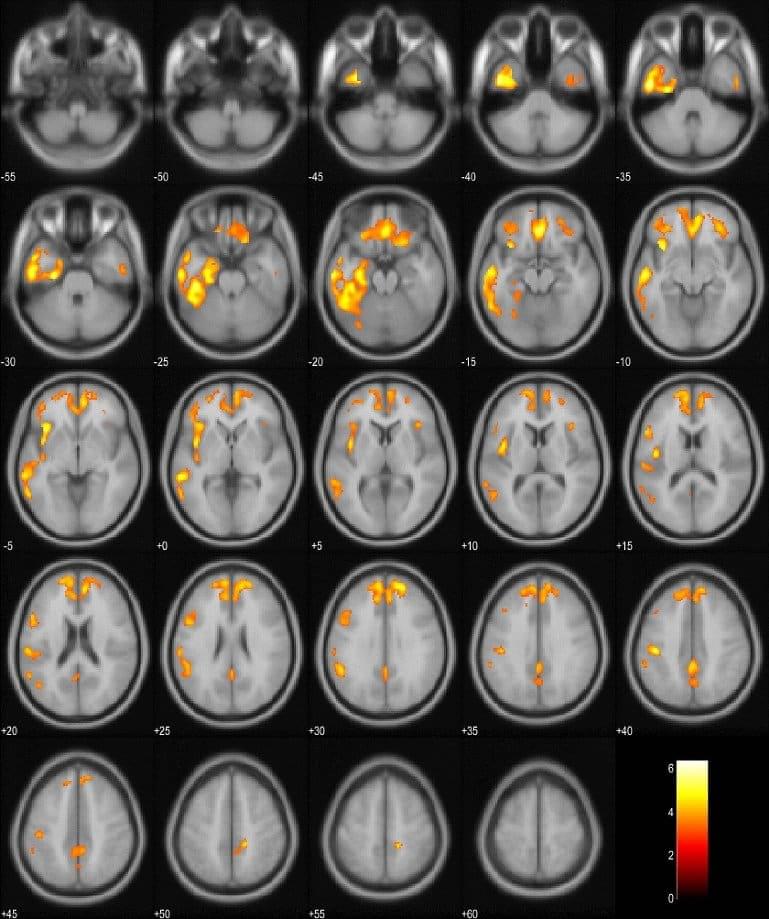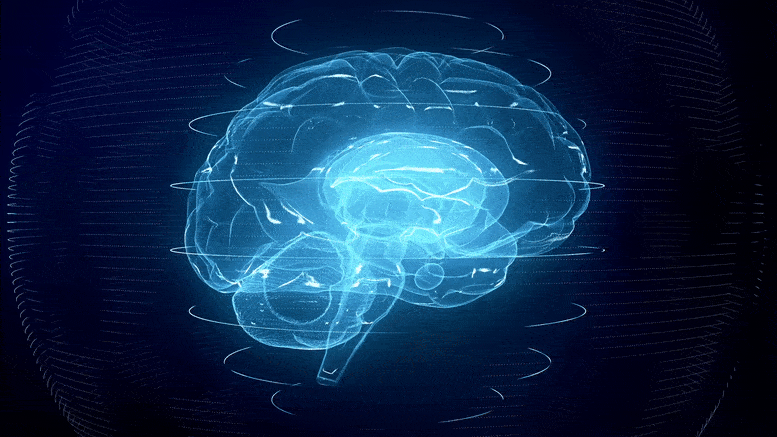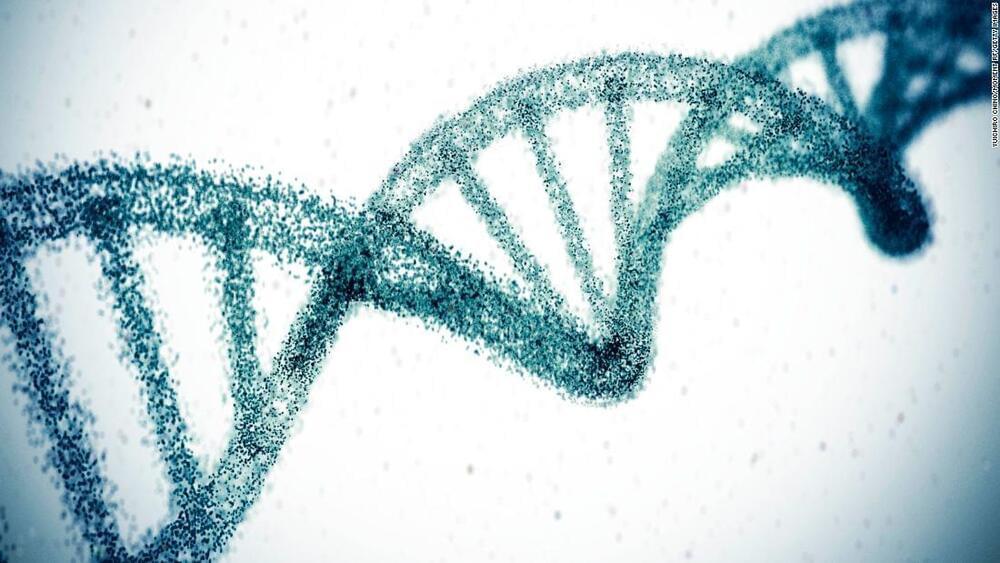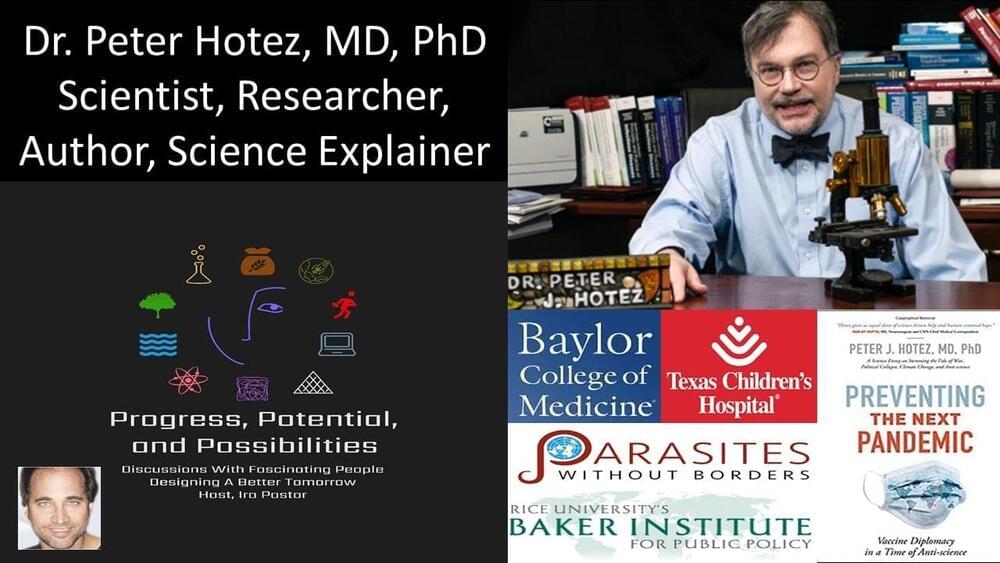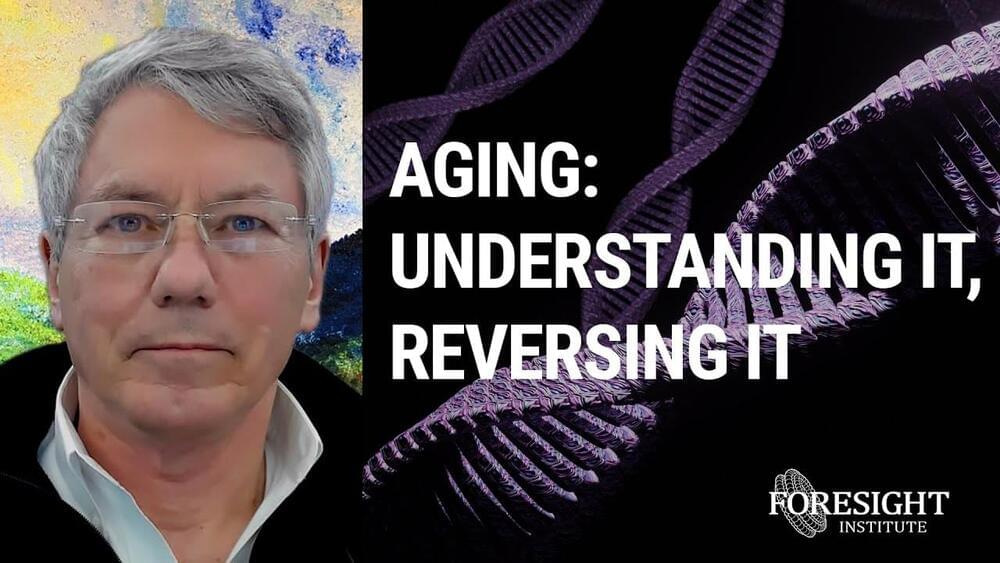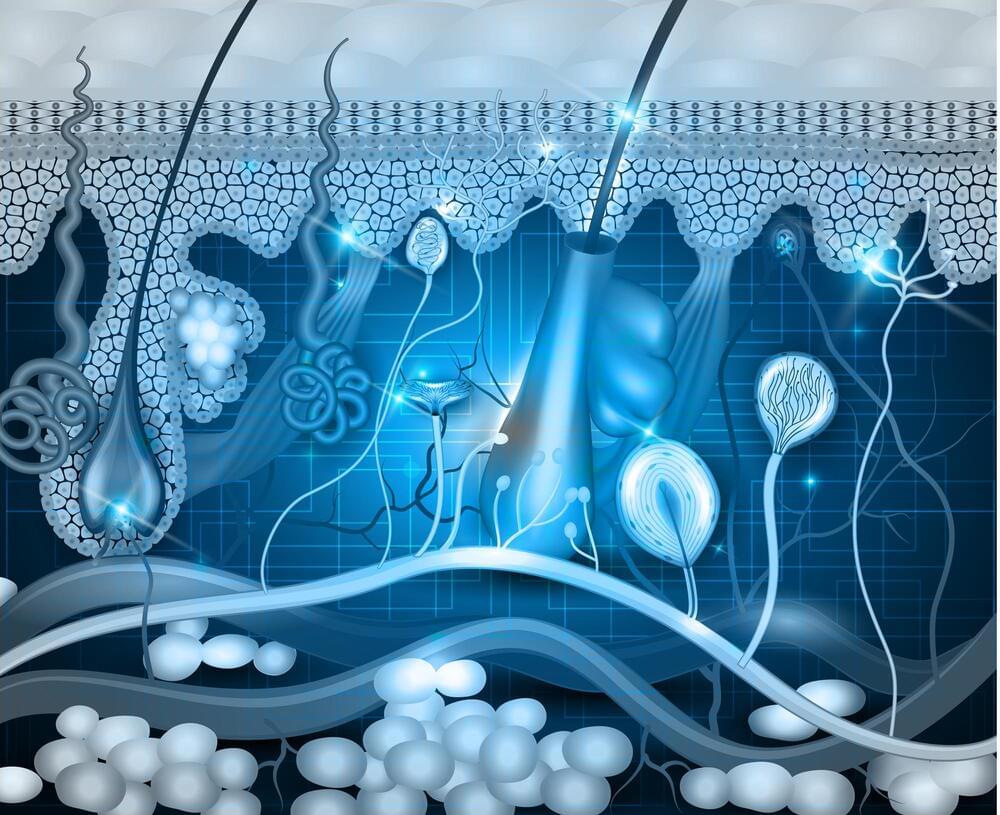Patients who suffer from frontotemporal dementia with extrapyramidal symptoms have brainstem atrophy and reduced metabolic activity in specific brain regions compared to those with FTD without extrapyramidal symptoms.
Category: neuroscience – Page 622
Summary: Patients who suffer from frontotemporal dementia with extrapyramidal symptoms have brainstem atrophy and reduced metabolic activity in specific brain regions compared to those with FTD without extrapyramidal symptoms.
Source: University of Eastern Finland.
Frontotemporal dementia patients with extrapyramidal symptoms have brainstem atrophy and reduced metabolism in certain areas of the brain significantly more often than patients without extrapyramidal symptoms, a new study from the University of Eastern Finland shows. This observation can facilitate differential diagnostics in frontotemporal dementia.
A team of scientists has discovered how working memory is “formatted”—a finding that enhances our understanding of how visual memories are stored.
“For decades researchers have wondered about the nature of the neural representations that support our working memory,” explains Clayton Curtis, professor of psychology and neural science at New York University and the senior author of the paper, which appears in the journal Neuron. “In this study, we used both experimental and analytical techniques to reveal the format of working memory representations in the brain.”
The ability to store information for brief periods of time, or “working memory,” is a building block for most of our higher cognitive processes, and its dysfunction is at the heart of a variety of psychiatric and neurologic symptoms, including schizophrenia.
A unprecedented global study of Alzheimer’s disease has uncovered an additional 42 genes that may affect a person’s risk of developing the disorder. Doctors hope to use that information to develop a more precise way to identify risk.
Coming off multiple country approvals for his “patent free” Covid vaccine, Scientist, Researcher, Author, Science Explainer, Dr. Peter Hotez, MD, Ph.D. Baylor College of Medicine, drops by for an episode of Progress, Potential, And Possibilities.
Dr. Peter J. Hotez, M.D., Ph.D. (https://peterhotez.org/), is Dean of the National School of Tropical Medicine and Professor of Pediatrics and Molecular Virology and Microbiology at Baylor College of Medicine (https://www.bcm.edu/people-search/peter-hotez-23229), where he is also Chief of the Section of Pediatric Tropical Medicine and the Texas Children’s Hospital Endowed Chair of Tropical Pediatrics (https://www.texaschildrens.org/find-a-doctor/peter-jay-hotez-md-phd).
Dr. Hotez is also Rice University’s Baker Institute fellow in disease and poverty (https://www.bakerinstitute.org/experts/peter-j-hotez/) and Co-Director of Parasites Without Borders (https://parasiteswithoutborders.com/), a global nonprofit organization with a focus on those suffering from parasitic diseases in subtropical environments.
Dr. Hotez is an internationally recognized physician-scientist with expertise in neglected tropical diseases and vaccine development. He leads the only product development partnership for developing new vaccines for hookworm, schistosomiasis and Chagas disease, and is just coming off a major win for emergency use approval of his team’s Corbevax protein sub-unit COVID-19 vaccine, of which he, and previous guest to the show, Dr. Maria Elena Bottazzi, were recently nominated for a Nobel Prize.
Dr. Hotez is the author of more than 400 original papers, as well as the books Forgotten People, Forgotten Diseases — The Neglected Tropical Diseases and Their Impact on Global Health and Development, Blue Marble Health — An Innovative Plan to Fight Diseases of the Poor amid Wealth, Vaccines Did Not Cause Rachel’s Autism: My Journey as a Vaccine Scientist, Pediatrician, and Autism Dad, and Preventing the Next Pandemic: Vaccine Diplomacy in a Time of Anti-science.
Dr Fossel talking about dementia, telomeres, and clarifying some experimental myths.
Foresight Biotech & Health Extension Meeting sponsored by 100 Plus Capital.
Program & apply to join: https://foresight.org/biotech-health-extension-program/
Michael Fossel, Telocyte.
Aging: Understanding it, Reversing it.
Michael Fossel is Founder and President of Telocyte. He served as the executive director of the American Aging Association, has published more than 100 articles, books, and chapters on age-related disease and the potential for effective intervention via gene therapy, as well as have served as both an advisor to and board member for several biotechnology companies prior to Telocyte.
Join us:
Santiago Ramón y Cajal, a Spanish physician from the turn of the 19th century, is considered by most to be the father of modern neuroscience. He stared down a microscope day and night for years, fascinated by chemically stained neurons he found in slices of human brain tissue. By hand, he painstakingly drew virtually every new type of neuron he came across using nothing more than pen and paper. As the Charles Darwin for the brain, he mapped every detail of the forest of neurons that make up the brain, calling them the “butterflies of the brain”. Today, 200 years later, Blue Brain has found a way to dispense with the human eye, pen and paper, and use only mathematics to automatically draw neurons in 3D as digital twins. Math can now be used to capture all the “butterflies of the brain”, which allows us to use computers to build any and all the billons of neurons that make up the brain. And that means we are getting closer to being able to build digital twins of brains.
These billions of neurons form trillions of synapses – where neurons communicate with each other. Such complexity needs comprehensive neuron models and accurately reconstructed detailed brain networks in order to replicate the healthy and disease states of the brain. Efforts to build such models and networks have historically been hampered by the lack of experimental data available. But now, scientists at the EPFL Blue Brain Project using algebraic topology, a field of Math, have created an algorithm that requires only a few examples to generate large numbers of unique cells. Using this algorithm – the Topological Neuronal Synthesis (TNS), they can efficiently synthesize millions of unique neuronal morphologies.
Through experimentation with a highly promising anti-aging technique, scientists at the UK’s Babraham Institute have demonstrated a new way of turning back the clock in human skin cells. These cells functioned like cells 30 years younger, but in what represents an exciting advance in the field, were able to still retain some of their specialized functions acquired through age.
In 2012, Japanese researcher Shinya Yamanaka earned a Nobel Prize for his work in developing what are known as induced pluripotent stem cells (iPSCs). These start out as regular adult tissue cells that are harvested and exposed to four molecules called Yamanaka factors, which return them to an immature state. From here, the stem cells can theoretically develop into any cell type in the body.
We’ve seen scientists explore this potential in a number of exciting ways, implanting them in rabbits to restore vision, addressing dopamine deficiencies in animal models of Parkinson’s disease and repairing damaged heart muscles in pigs. The full reprogramming process involves subjecting the cells to the Yamanaka factors for around 50 days, but the Babraham scientists have found that shortening this process might bring some significant benefits to the table.
The furious debate over Aduhelm has now sparked controversy over the Alliance for Aging Research, which has seen half of its scientific advisory board members resign.
Cognitive dissonance in the government’s decision to approve Bay-du-Nord while professing to fight fossil fuel emissions responsible for climate change.
The decision to approve Bay-du-Nord is based on the low emissions intensity of the oil that will be produced with no accounting for end-use.

